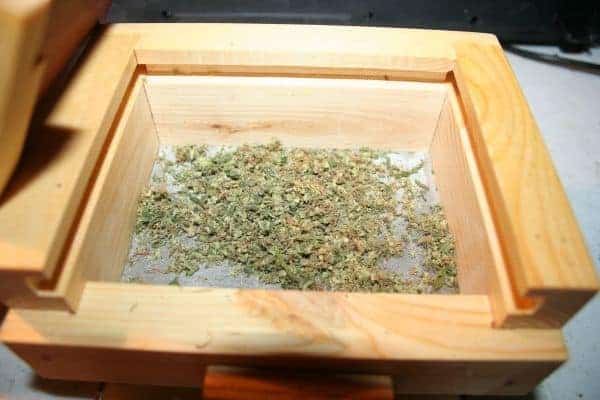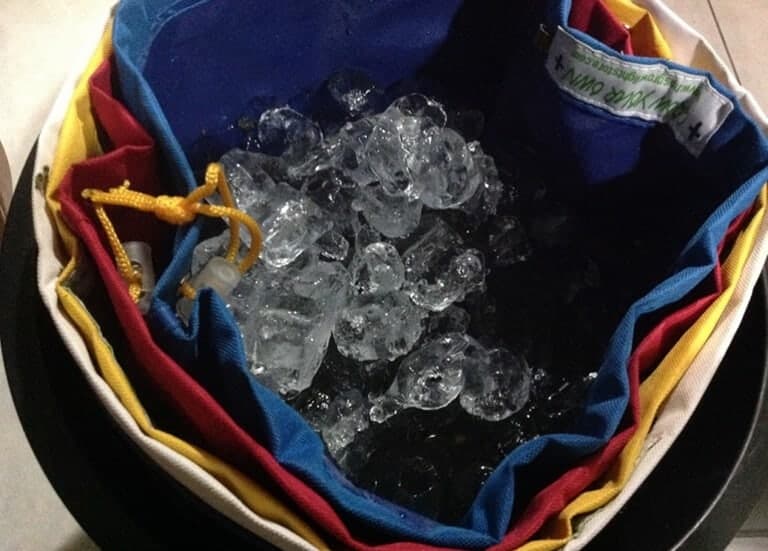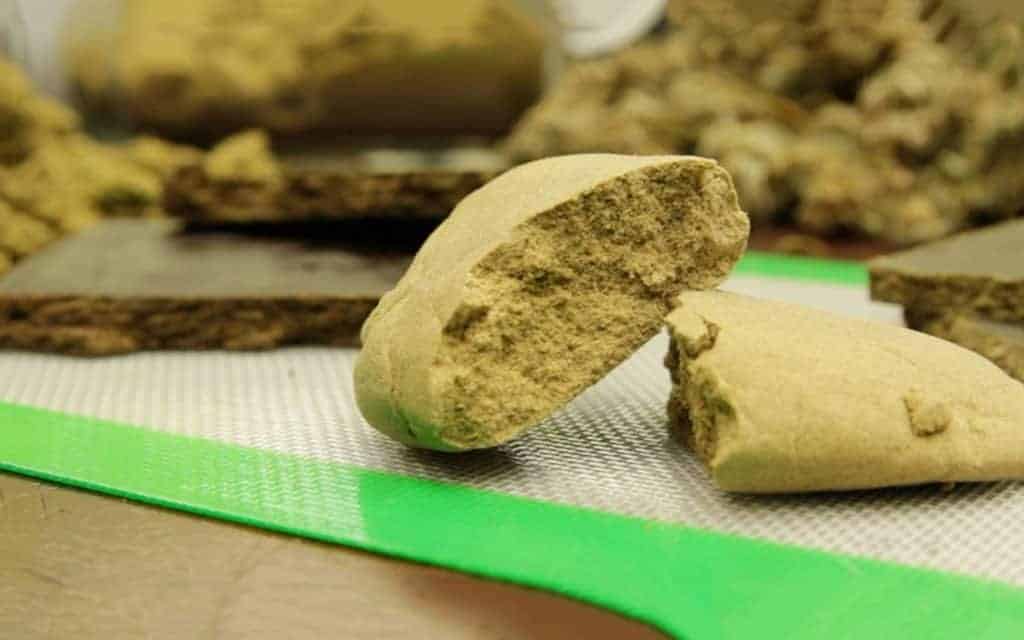Cannabis plants produce trichomes and terpenes, which can be extracted. Delicately harvesting trichomes can produce a high-grade hash, which is a concentrated version of a whole plant extract. How can you extract these and produce your own high-end extract?
Where In The World?
Morocco, India, Pakistan, Lebanon, and the Rif Mountains are famous for their hash production, with Morocco producing over 70%. Using the abundance of wildly growing Cannabis that thrives in the valleys, farmers produce hash as a source of income by selling to recreational markets and for religious purposes.
Typically, these are large operations with football pitch-sized grows. Farmers work in teams to harvest all of the cannabis plants before drying and removing the resin from the dried flowers. The dried flowers are then sent to Europe, where demand for the high-grade hash is large. Much of this finds its way to Dutch coffee shops and social clubs in Barcelona.
How It Is Made
Sometimes, growers throw away their trim and lowest popcorn buds without realizing that they could have easily converted their trash to treasure. There are two methods to make hash and both will produce slightly different end results.
Dry Sifting Hash

Sifting involves using dried flowers and a number of different micron screens. These screens separate the plant matter and the hash trichomes. When working with dry material, it is very important to have a clean-up screen (smaller micron size) that will allow you to easily remove any remaining plant matter.
Once the material has been cleaned up to 160 microns, it will contain the full spectrum of cannabinoids from the plant. This can be separated further to 25 microns if desired. Dry sifting is very simple and only requires screens and some homegrown bud.
The downside to working with this method is that the cleaned material must be refined with static to remove all contaminant dust.
The advantage of using dry material is that once the sifting technique is done, the end product can be smoked immediately. The effect will also be more potent than using live resin, and the overall returns will be greater with dry plant matter than wet.
Wet Material or Bubble Hash

Using wet material is different from the dry sifting, as the plant itself is in a state known as ‘Live Resin.’ When using wet material, freezing is necessary to preserve the trichomes. This allows the agitation process to separate the hash from the flower.
Once the plant material has been frozen, like dry sifting, a series of screen bags are needed to wash the resin. These are typically known as Bubble Bags. As each bag filters through, what is left behind is a contaminant-free hash. There is a drying-out period up to a week after this is completed. The hash must be dry before it can be heat-pressed, used for rosin, or smoked.
The advantage of working with wet material is the aroma and flavor are much more powerful than if you use dry material. Extractors specifically work with live resin as there is no need to dry the plant in advance. Plus, the overall cannabinoid and terpene profile of the final product is more commercially desirable.
Quality Control
Unless you have made hash yourself with either dry material or wet material, it can be difficult to tell the overall quality and purity. Typically hash is heated and depending on the amount of bubbling should signify the absolute quality, however, this is not always the case.
Contaminants are often added to commercial hash that is destined for Europe. These can range from powdered milk, henna oil, pig fat, heavy metals and plant material above 230 microns. This is one reason why many growers opt to make their own hash at home, even if on a small scale, they know the starting materials are top-shelf.
Without having a sample lab tested, knowing what contaminants may reside within can be very hard. This is why heating and checking for an aggressive wet bubble is not as accurate as one would imagine.
The Difference Between Hash Making, Extraction and Rosin
When making hash, the whole spectrum of plant material is maintained in the final product. Extraction is a different method that uses solvents to strip the oil from the trichome head. As a result, the body of the trichome is left behind, the same way an eggshell is discarded once an egg has been cracked.
This product is called B.H.O. (Butane Hash Oil) and the process is called de-waxing. It is a different end product to shatter that has been cleaned and purged of contaminants.
Rosin is a solventless sap produced using heat and pressure. This extraction method revolutionized the extracts game and turned all those who were anti-solvent into a clean way to make oil. To produce top-quality rosin, you will need a press. This allows you to control the temperature and pressure of the heat plates. You may have also seen people make this at home using hair straighteners.
Top Hash-Making Tips
- The quality of your starting material will define the end product. A great tip is to separate your leaves, flower buds and best buds before freezing or drying.
- When making a dry sift or isolator, it is important to work in a cold environment. Colder resin is much easier to work with, making the collection process simple.
- The return on dry sifting is usually higher than on Bubble Hash. This is because the dry material has a larger surface area.
- It will take a clean-up screen to remove any green coloring from your sift. Many hash makers like to work with a maximum micron size of 160 microns.
- Live resin can produce more floral flavors and capture the aroma of the cannabis plant.
- A longer cure of dried material before sifting will improve the overall effect and flavor of hash. Professional hash makers prefer a 90-day curing period before sifting.
- Cleaning up dry sift with static will seriously refine the texture making the sift superb quality.
